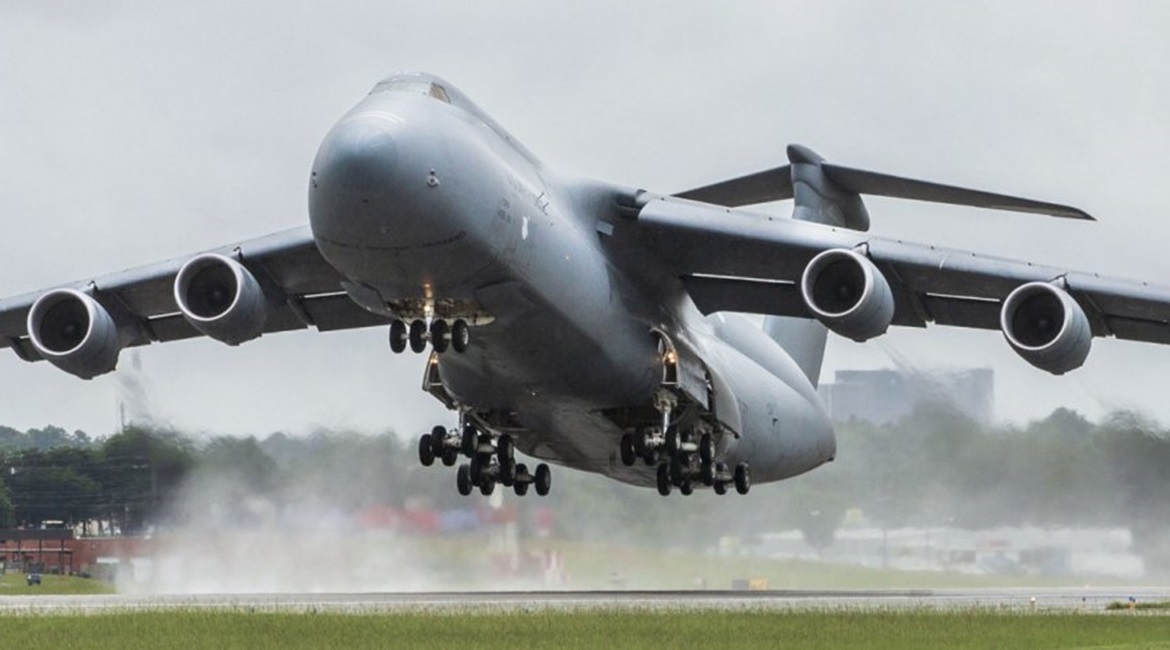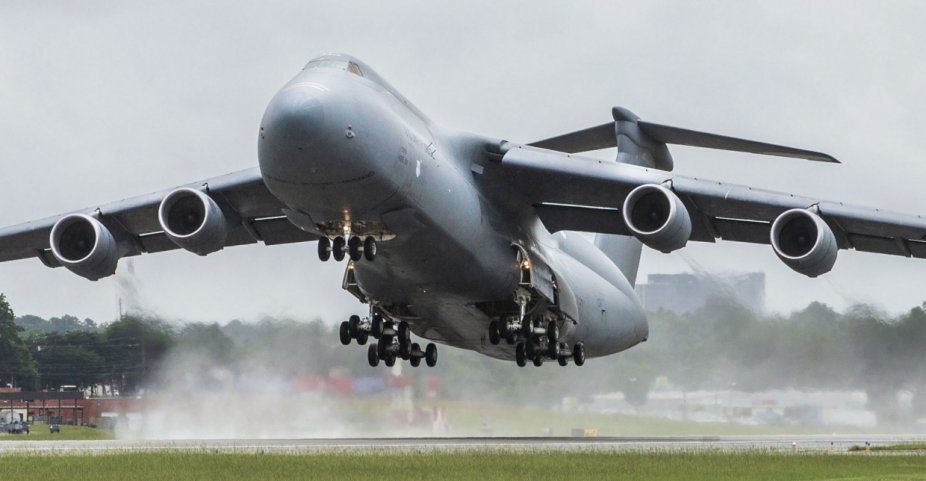
A lack of aerial refueling tanker and airlift capacity and the vast distances of the Pacific have raised concerns with how the US Air Force (USAF) would perform if war were to break out in the region.
The Pacific Air Forces (PACAF) area of responsibility (AOR) covers 53% of the earth’s surface and 16 time zones. The region also hosts eight air force bases (AFBs) ranging from Alaska to Hawaii to Japan and other Pentagon installations in Asia.

The US Air Force is short on airlift capacity provided by aircraft such as the Lockheed Martin C-5M Super Galaxy, raising concerns over how the USAF would perform in the Pacific if war broke out in the region. (Lockheed Martin)
The USAF has had a shortage of cargo aircraft and tankers for the last 20 years and is specifically lacking capacity of the Boeing KC-135R Stratotankers and McDonnell-Douglas KC-10A Extender tankers. It is also short in cargo aircraft such as the Lockheed Martin C-5M Super Galaxy, Boeing C-17 Globemaster IIIs, and Lockheed Martin C-130J Hercules according to an airpower expert.
Doug Birkey, executive director of the Air Force Association’s Mitchell Institute for Airpower Studies, told Jane’s on 31 July that this lack of capacity would hurt the Pentagon if conflict broke out in the Pacific because ships would be vulnerable to sinking, forcing it to rely on aviation for transportation.
“The amount of material that you are going to have to flow into theatre to sustain the aircraft and people, whether it be from the weapons to basic supplies or fuel … there will be huge demand,” Birkey said. “That is very lift intensive.”
Looking to read the full article?
Gain unlimited access to Janes news and more...




